United Airlines flight attendants have expressed their frustration at the carrier’s decision to place a new multi-billion dollar aircraft order while talks on what the flight attendant union hopes will be an ‘industry leading’ and ‘industry-ground-breaking’ contract remain firmly stalled.
On Tuesday, United said it had placed a firm order for a further 110 new airplanes, including 50 more Boeing 787 Dreamliners which will turn the Chicago-based airline into the largest operator of the model in the world.
United also reached a deal with European aircraft manufacturer Airbus for 60 single-aisle A321neo planes and has secured options for 50 more Boeing 787s and 40 additional A321neo.
Both aircraft types will start to be delivered from 2028 as part of a mammoth long-term investment into the future of United’s fleet. The strategy is to increase capacity on existing routes by using larger planes with more seats rather than increasing the frequency of flights on smaller planes – so-called ‘upgauging’.
The Association of Flight Attendants (AFA-CWA), however, has reacted with bewilderment at United’s apparent willingness to commit billions of dollars on its fleet without first reaching a deal on a new flight attendant contract.
Now, the union warns that if progress isn’t made that a strike vote could follow.
“United management has made it clear once again: there’s plenty of money and desire to invest in the airline. New planes, new gates, new service, new lounges,” commented Ken Diaz, United’s AFA president.
” Our union is prepared to press forward on these negotiations for near-term resolution and will redouble efforts to back up our Negotiating Committee with action, and, if necessary, a strike vote,” Diaz continued.
If a strike vote is approved, Diaz says the union would be able to disrupt United’s operations with its trademarked CHAOS strategy.
CHAOS stands for ‘Create Havoc Around Our System’ and is based on carrying out intermittent strikes whereby the airline and passengers don’t know where and when strike action will take place.
The strategy is a cost-effective way to create maximum effect, although how AFA would implement this strategy at United remains a closely guarded secret.
“The form CHAOS takes will be unique,” the union explained several years ago. “Where an intermittent strike against a few flights might work best at one airline, an all-out strike for a day or a week might be the best tactic somewhere else”.
“CHAOS is so powerful because we can adapt it to the specific facts of our campaign, keeping airline executives off balance with the element of surprise.”
The strategy dates back to 1993 when AFA-represented flight attendants at Alaska Airlines went on strike after failed contract negotiations dragged on for more than three years.
In response to a threat of strike action, Alaska Airlines started to train Head Office staff as stand-in flight attendants. The union feared that an all-out strike would have little effect as the airline could simply replace striking workers with its army of stand-in flight attendants so they came up with an alternative idea.
Rather than giving the airline time to roster stand-in flight attendants to work flights, the union would target specific flights with zero notice. The airline then had to scramble to replace striking flight attendants but by that point, it was too late.
At the time, Alaska Airlines challenged the legality of the CHAOS strategy but the union prevailed in court and has championed its right to intermittent striking ever since.
Mateusz Maszczynski honed his skills as an international flight attendant at the most prominent airline in the Middle East and has been flying ever since... most recently for a well known European airline. Matt is passionate about the aviation industry and has become an expert in passenger experience and human-centric stories. Always keeping an ear close to the ground, Matt's industry insights, analysis and news coverage is frequently relied upon by some of the biggest names in journalism.







